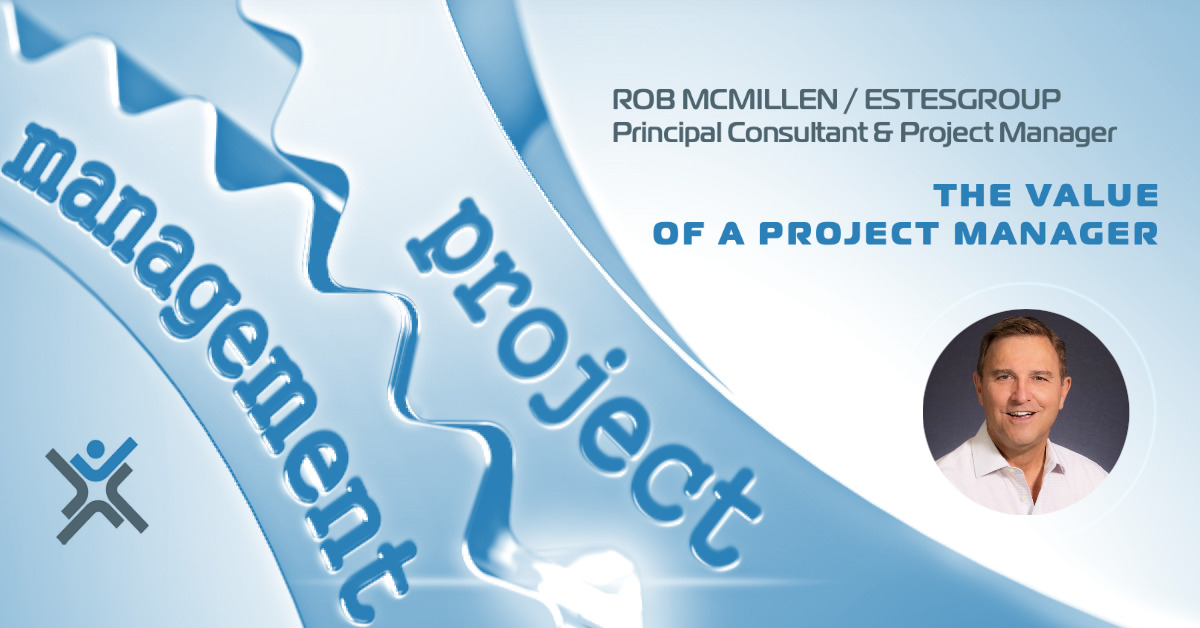
Low Code or No Code: Citizen Developers on the High Road
I’m a project manager. So I was looking at some Project Management information on the web. And something caught my attention. I noticed that there is a new certification for a “Citizen Developer”.
Hmmm. What’s that about, I wondered. I found that this is a new persona that is being recognized in many organizations. And it ties neatly into something I recently blogged about. In my last blog entry, I discussed the trend of offering “low-code / no-code” options. These support creating reports, forms, workflow, adding new data tables, and application connections. But they don’t require knowing a coding language.

Instead, application users can use them to directly customize the application to simplify processes and improve their productivity. And they are supported by the IT department at the same time.
Consider this common application life cycle.
Your organization implements a new business application (Epicor, Prophet 21). There are lots of customizations to fit the business need. Everyone is excited when it happens. Fast forward several years. Customizations are slow to appear, yet the organization processes continue to change. The screens and reports work but there are many changes needed. And there is a backlog of work for the IT developers to complete. Frustrated users look for options.
They begin creating custom systems outside the application to get their work done. Excel spreadsheets are everywhere. Users rely on tools like Microsoft Access to get their work done. Everyone works with multiple tools to do their job.
Then someone decides it’s time for a change. Let’s do a new business application! So, the cycle repeats itself. Ugh. This isn’t very efficient, is it?
But what if the customizations were faster and easier to do because more users knew how?
And the application evolved along with the business changes, not behind them?
And there was less frustration and more productivity?
In the past there was always this “Superuser” who showed up in most organizations. They were the person in the organization that learned how to tweak things that were frustrating and repetitive. They weren’t IT staff. But they were quick to see things that could be improved and were willing to invest extra time to figure out a better way. You may be this person or know one because they are in every organization.
But there was a downside. Often their work would be discouraged by the IT department. Why? Because the changes were not documented, or the data wasn’t included in backups. Or worse case, that person would leave the company, and no one knew how to maintain their changes.
What was initially a great solution would slowly become unsupportable and out-of-date. It was a natural process. The organization was always changing. And there were only a limited number of people who could customize things. So, the problem continued.
We should all agree that business applications need to change so we can stop this wasteful cycle. We need business applications to:
- Be simpler to customize/adapt to meet changing business needs
- Be customized in small ways all the time, not only during initial implementation
- Not need more and more IT staff to do all the changes
- Allow those persons closest to the problem to have more input on the solution
- Ensure that customizations are documented and integrated into the application for future-proofing
- Allow users the greatest freedom to adapt, without damaging the integrity of the application data (security, quality, access)
And that’s where the role of Citizen Developers might contribute to a better future. But what is a Citizen Developer?
A good definition would be the right start. Here’s one I found on Gartner: “A citizen developer is an employee who creates application capabilities for consumption by themselves or others, using tools that are not actively forbidden by IT or business units. A citizen developer is a persona, not a title or targeted role. They report to a business unit or function other than IT.”
So, let’s visualize this persona in your organization.
There is this employee who likes new challenges and knows the business process well. This employee is willing to learn how to customize the application. They get started by watching some videos and learning about a new development tool.
The development tool doesn’t require a coding language or week-long classes. It supports drag and drop changes which focus on what is to be done, not how it is done. The tool supports validating that information before it goes into the system.
And just as importantly, the customization works when new releases of the application are installed.
This user can always experiment with this new tool and try things in a testing environment. They can show other users the results, using their feedback to fine-tune the change.
And when it is time, they can coordinate with everyone to release the new functionality to other users who immediately benefit.
The result is that certain processes are now simpler and faster. Users do less manual work and communication (Trackers / Reports) is improved.
This is the future we are looking at. And it’s not that far away. In fact, some of these features are now available in Epicor Kinetic and Prophet 21. But we aren’t yet recognizing the persona of Citizen Developer and encouraging it because we are stuck in the past ways of working.
For example, in Epicor Kinetic, users can adjust column layouts on and save them according to their preferences. That’s a start.
And those who want to delve deeper can explore Business Activity Queries, Dashboards and BPM’s. These take some time to learn but are powerful and flexible. Plus, they are part of Epicor and upgrade with it. And the learning process is becoming simpler because of videos and support sites.
There are a growing number of examples on YouTube of how users can do customizations. And a growing community of users that are willing to share their questions, knowledge and examples.
So, what do you think is needed for your situation, to increase the Citizen Developer persona? How could the concept help in your organization? Let me know your thoughts!

Rob McMillen is a Senior Project Manager and Principal Consultant with EstesGroup, the premiere cloud provider for manufacturers and distributors. He has worked in the manufacturing industry for over 30 years supporting multiple implementations of new ERP systems and leading projects. Because his mom was an English teacher, he grew up with a love of writing. Combined with his working experience, he has written articles for LinkedIn and User Groups, and has published numerous blog posts. He is also a co-author of a book on technology and working collaboratively. He currently lives in the DFW area.











